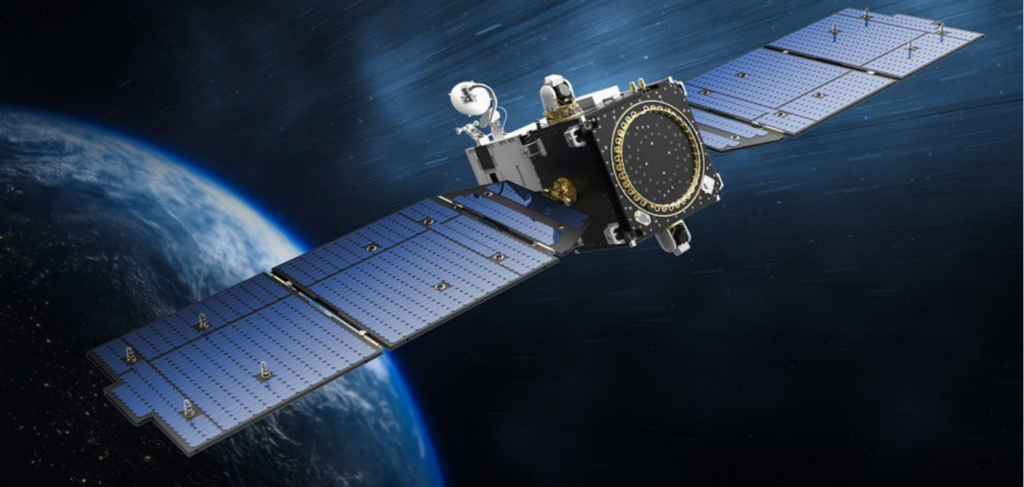Defense Daily
-
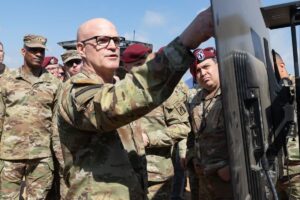 Army
ArmyMingus: Army To Lead New Joint Interagency Task Force On Drones, C-UAS
The Army is working to stand up a new joint interagency task force focused on drones and counter-UAS capabilities, the service’s vice chief said on Wednesday. Gen. James Mingus, the […]
-
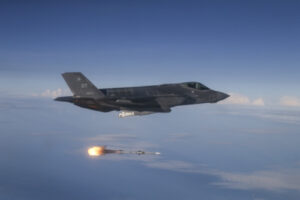 Uncategorized
UncategorizedEditor’s Note
In observance of the Independence Day holiday, Defense Daily will not publish July 3 and 4. Your next issue will be dated July 8
Tagged in: -
 Uncategorized
UncategorizedDefense Watch: NATO Nuclear Mission, GMTI, AV Raise, UKR Aid Pause
NATO Nuclear Mission. While Pantex said in May that it built the first production B61-13 nuclear gravity bomb almost a year early on the heels of the last B61-12 coming […]
-
 Missile Defense
Missile DefenseLockheed Martin Wins Another $2.97 Billion Contract To Upgrade Aegis Over Next Decade
The Missile Defense Agency (MDA) awarded Lockheed Martin [LMT] another 10-year contract to maintain and upgrade the Aegis Ballistic Missile Defense (BMD) system in a contract worth up to $2.97 […]
Tagged in: -
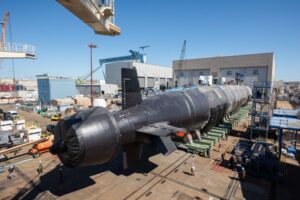 Navy/USMC
Navy/USMCPalantir, BlueForge Alliance Partner To Accelerate Warship Production
Palantir Technologies [PLTR] will use its Warp Speed digital data platform to help the Navy accelerate the production of warships in partnership with BlueForge Alliance (BFA), a non-profit focused on […]
-
 Intelligence Community
Intelligence CommunityUrsa Space, NV5 Nab First Luno B Awards By NGA
The National Geospatial-Intelligence Agency (NGA) last Wednesday announced its first awards under its Luno B commercial analytics services contract with orders to Ursa Space Systems and NV5 Geospatial. Under a […]
Tagged in: -
Wednesday, July 2, 2025
- Forecast Launch of First Six Epoch 1s Delayed Until Fiscal 2027
- Army Details Progress Bringing Secure M-Code GPS To Commercial Chips
- Parker Tapped To Lead Boeing’s Defense Business
- Planet Highlights Defense Momentum With $280 Million German Government Deal
- Shield AI, RTX Partner On Collaborative Autonomy, Sensor Integration
- Army Exploring Hybrid-Electric Aircraft Propulsion Technology With Electra
- Senate Narrowly Passes Reconciliation Bill With $150 Billion For Defense, Sends To House
- Parsons Acquires Defense Technology Company CTI For $89 Million
- Cap on Contractor Indirect Cost Reimbursement to DoD for Commercial Launches Valid Through FY 2026
- SDA Issues Solicitation For Europa Experimentation Effort
-
Wednesday, July 2, 2025
- Forecast Launch of First Six Epoch 1s Delayed Until Fiscal 2027
- Parker Tapped To Lead Boeing’s Defense Business
- Army Details Progress Bringing Secure M-Code GPS To Commercial Chips
- Shield AI, RTX Partner On Collaborative Autonomy, Sensor Integration
- Army Exploring Hybrid-Electric Aircraft Propulsion Technology With Electra
- Senate Narrowly Passes Reconciliation Bill With $150 Billion For Defense, Sends To House
- Parsons Acquires Defense Technology Company CTI For $89 Million
- Cap on Contractor Indirect Cost Reimbursement to DoD for Commercial Launches Valid Through FY 2026
- SDA Issues Solicitation For Europa Experimentation Effort
- Planet Highlights Defense Momentum With $280 Million German Government Deal
-
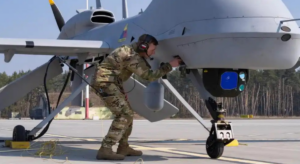 Army
ArmyArmy Details Progress Bringing Secure M-Code GPS To Commercial Chips
The Army on Tuesday detailed progress in bringing secure M-code GPS capability to commercial chips, including the Qualcomm [QCOM] Snapdragon, citing the effort as critical to enabling assured position, navigation […]
-
 International
InternationalPlanet Highlights Defense Momentum With $280 Million German Government Deal
Planet [PL] announced a new 240 million euro ($283 million) multi-year deal with the German government on Tuesday for satellite imagery and analytics services, which Planet’s leadership pointed to as […]

